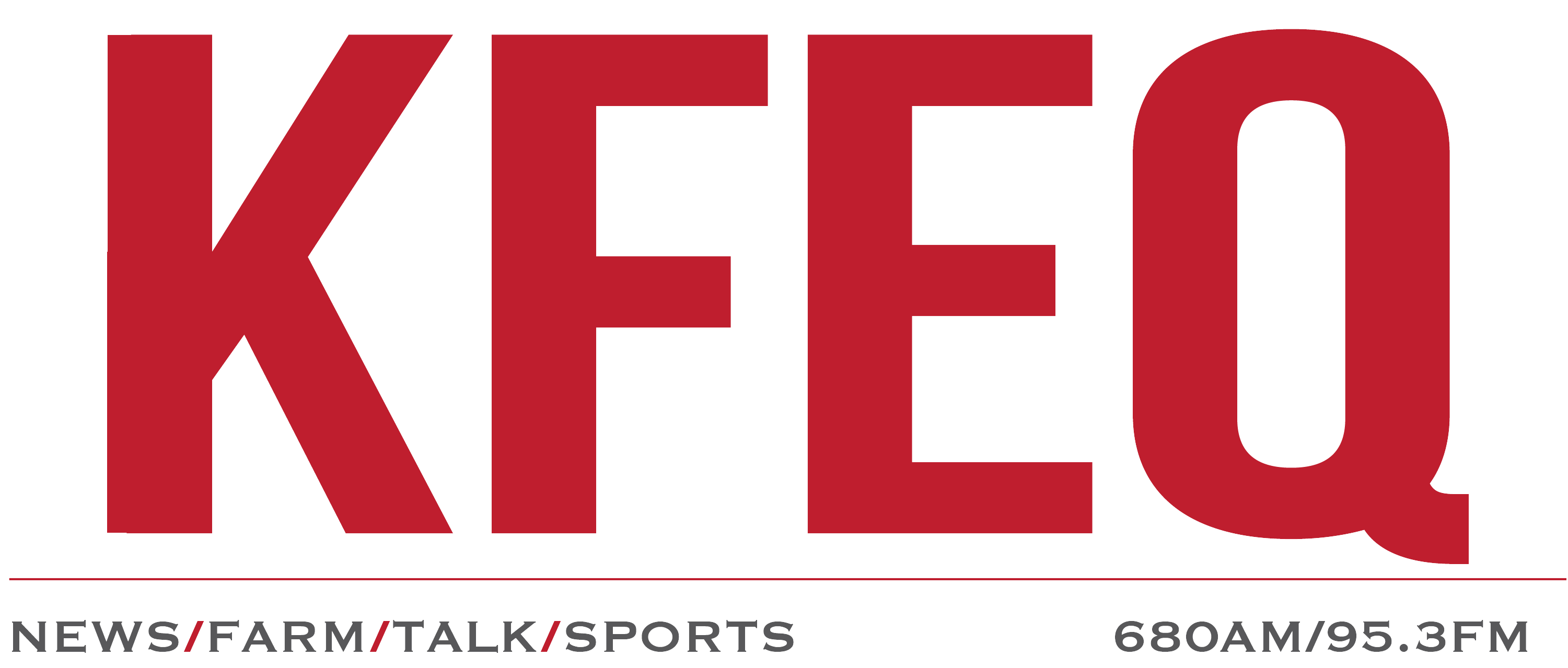
March corn closed up 5 3/4 cents and May corn was up 7 cents. March soybeans closed up 2 1/2 cents and May soybeans were up 2 3/4 cents. March KC wheat closed up 6 cents, March Chicago wheat was up 4 3/4 cents, March Minneapolis wheat was up 7 1/2 cents.
The U.S. Dollar Index is up 0.45 at 107.02. The Dow Jones Industrial Average is down 154.0 points at 44,481.0. April gold is up $51.50 at $2,952.20, March silver is up $0.54 at $33.40 and March copper is down $0.0825. March crude oil is up $1.05 at $71.79, March ultra-low sulfur diesel is down $0.0225, April RBOB gasoline is up $0.0056 and March natural gas is up $0.271.
CORN:
Corn futures posted a fourth consecutive session higher Tuesday, with March futures finally able to reach the elusive $5.00 mark, which provided additional strength to the move in the final hours of trade. In U.S. demand news, export inspections for the week ended Thursday, Feb. 13, totaled a marketing year high 63.4 million bushels (mb). Corn shipments will be entering their crucial peak period from March to May and thus far inspections are trending neck in neck with the 2020-21 record export year, as well as 35% above 2023-24. To the south, all eyes will be on Argentina and Brazil, especially as the latter races to plant the safrinha corn crop on time. Producers would normally like to be 80% planted on the crop heading into the final week of February, with 45% of the crop planted as of last Friday. It is important to note that just because the crop is late doesn’t necessarily guarantee a poor yield, as a matter of fact the 2022-23 safrinha planting pace lagged behind “normal” similarly to this season and went on to set the record for Brazilian corn yield. What matters most in this equation is April and May rainfall as the crop is pollinating, and the risk this particular year is the La Nina pattern has a propensity to turn off the rains in central Brazil sooner than normal, which could serve to leave more of the crop exposed to hot and dry weather through pollination. Time will tell on this. Further south in Argentina, rainfall totals were decent over the past week but the scenario looks awfully dry again over the next seven days, and with declining soil moisture in last week’s report, it will make for an interesting round of condition updates this Thursday from the Buenos Aires Grain Exchange. In corn technicals, the biggest development Tuesday was March futures finally trading to and ultimately closing above $5.00, the highest close for the most active corn contract since October 2023. From here, $5.05 is the immediate bullish target, which was the peak close in October 2023. Beyond that price action was a very steep drop off through that summer so it is difficult to identify concrete resistance a move back into that price range, but $5.20 to $5.25 will likely be the next bullish objective. For support, I expect a retest of $5.00 will come quickly this week; if that holds the market will be obviously in great technical shape moving forward. Otherwise, the next round of significant support is likely back at $4.90 on the March contract. The DTN National Corn Index closed at $4.64 on Friday, assuming a static basis would imply the index is near $4.70 Tuesday.
SOYBEANS:
Soybean futures are benefitting from strong wheat and corn markets to post a third straight session higher despite their own set of fundamentals remaining worrisome. In soybean export inspections, 26.5 mb of soybeans inspected for export for the week ended Feb. 13 stands as the lowest amount since September. While inspections are expected to decline from late fall through the marketing year, the timing of the decline is the troubling part. Soybean exports are about two months early in slowing pace, and usually January serves as a stable month where shipments make a last push ahead of South American crops coming to market, this simply hasn’t occurred through the first month and a half of 2025 thus far. The silver lining is despite this, export pace still remains 12% above last marketing season with the USDA still only penciling an 8% increase, so traders likely have an accurate estimate to go off of from the government but the recent pace doesn’t hold out much optimism for a surprise increase in export demand in the balance sheet, although this will ultimately be decided on what Brazil brings to the table which is as of right now looking to be a record amount of soybeans. In soybean technicals, the market has found support near $10.25 in recent sessions. The bullish objective from here will be to return prices to the short-term pivot at $10.50, the 20-day moving average for March soybeans. Longer-term support is seen at $10.19 1/2 currently, which is the 50-day moving average for the most active soybean futures. The DTN National Soybean Index closed at $9.73 on Friday, assuming a static basis would imply the index is near $9.75 on Tuesday.
WHEAT:
After a shaky start to the overnight session following Friday’s 20-cent-move higher for wheat futures, markets have recovered to post another strong move higher. The main driver of the three-day surge in wheat prices which has added 38 cents to March Kansas City prices is the severe cold stretch over the heart of the Midwest and also stretching into northwest states. Lows as cold as -20 degrees Fahrenheit are possible as far south as Kansas by Thursday, with plenty of areas lacking snow coverage for insulating the wheat crop. Wheat export inspections were at the lower end of recent performance at 9.2 mb inspected for the week ended Feb. 13. This isn’t too alarming as inspections tend to be choppy this time of year. Overall, export inspections are holding very close if not a touch below the ten-year average pace, which would imply exports near 875 mb as a basing point, so the USDA estimate at 850 mb seems like a very accurate estimate at this point in the season. In wheat technicals, March Kansas City futures achieved the highest close for a most-active HRW contract since June 14, 2024. Looking forward, bullish traders are likely starting to eye $6.50 as a possible objective moving forward. Wheat futures are in similar territory as corn in that the move downward in summer 2024 was so rapid that picking out individual resistance levels is difficult but $6.50 is a level that appears significant for resistance. For support, the market tested and held near $6.15 Tuesday, which I expect up to $6.20 to be at least soft support for the market moving forward, depending on how this weather rally shapes out. The DTN National Hard Red Wheat Index finished Friday at $5.59, assuming a steady basis this would imply the Index is likely near $5.65 for Tuesday.



